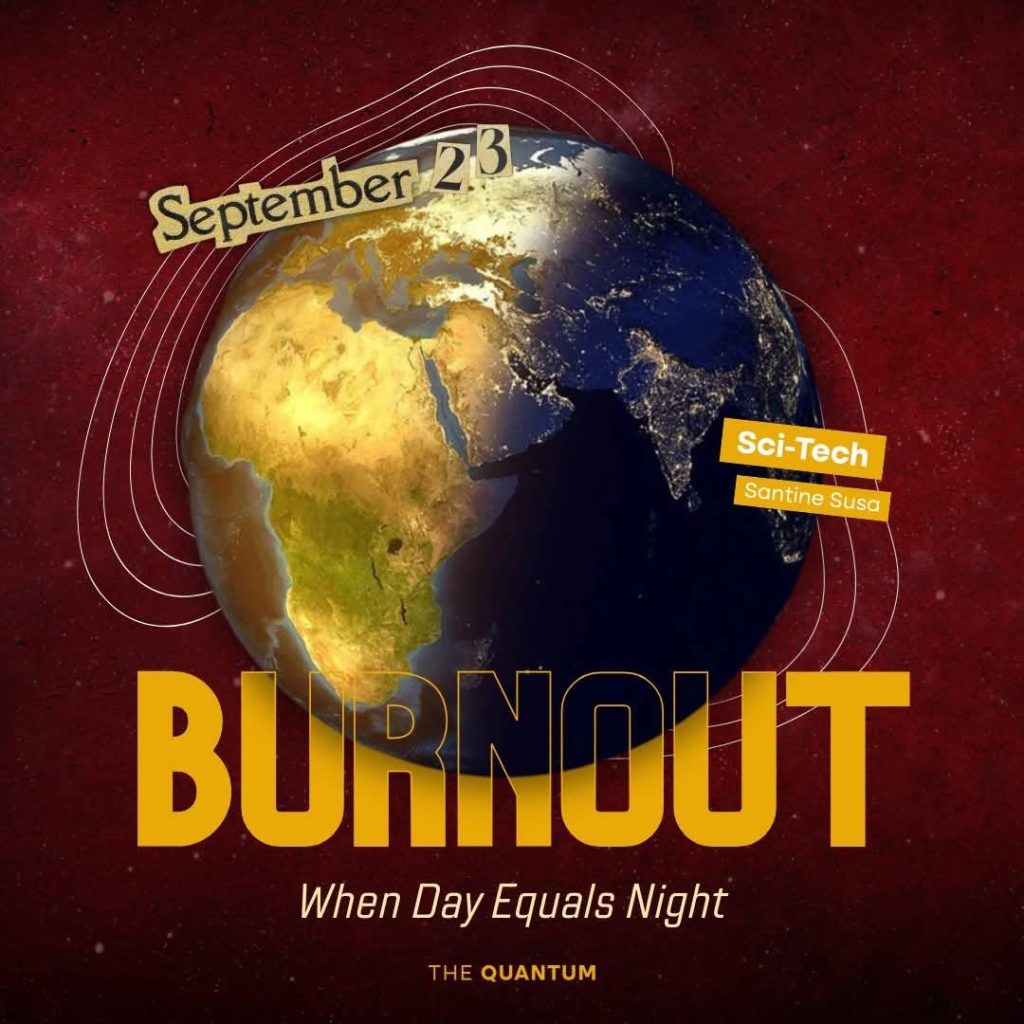by: Santine Susa
Copyedited by: Ayesha Ronquillo
Publication by: Yelena Fabricante

On or around September 21-24, Earth experiences the September equinox, a moment when the Sun crosses the celestial equator heading southward. During this instant, day and night are nearly equal in length worldwide, hence the term equinox, Latin for “equal night.”
In the Northern Hemisphere, it marks the start of astronomical autumn, while in the Southern Hemisphere it signals spring’s arrival. The balance of sunlight influences atmospheric circulation, ocean currents, and seasonal weather patterns. Farmers, navigators, and ancient civilizations once tracked the equinox to plan harvests and ceremonies, and modern astronomers still use it as a reference point in the sky’s coordinate system.
The September equinox also offers opportunities for science outreach, amateur astronomers can observe the Sun’s position rising due east and setting due west, while climate scientists watch seasonal shifts in sea ice, monsoons, and animal migrations. The equinox is a reminder that, whether you’re gazing at the stars or checking your weather app, it is a silent, yet key driver of life on Earth.



